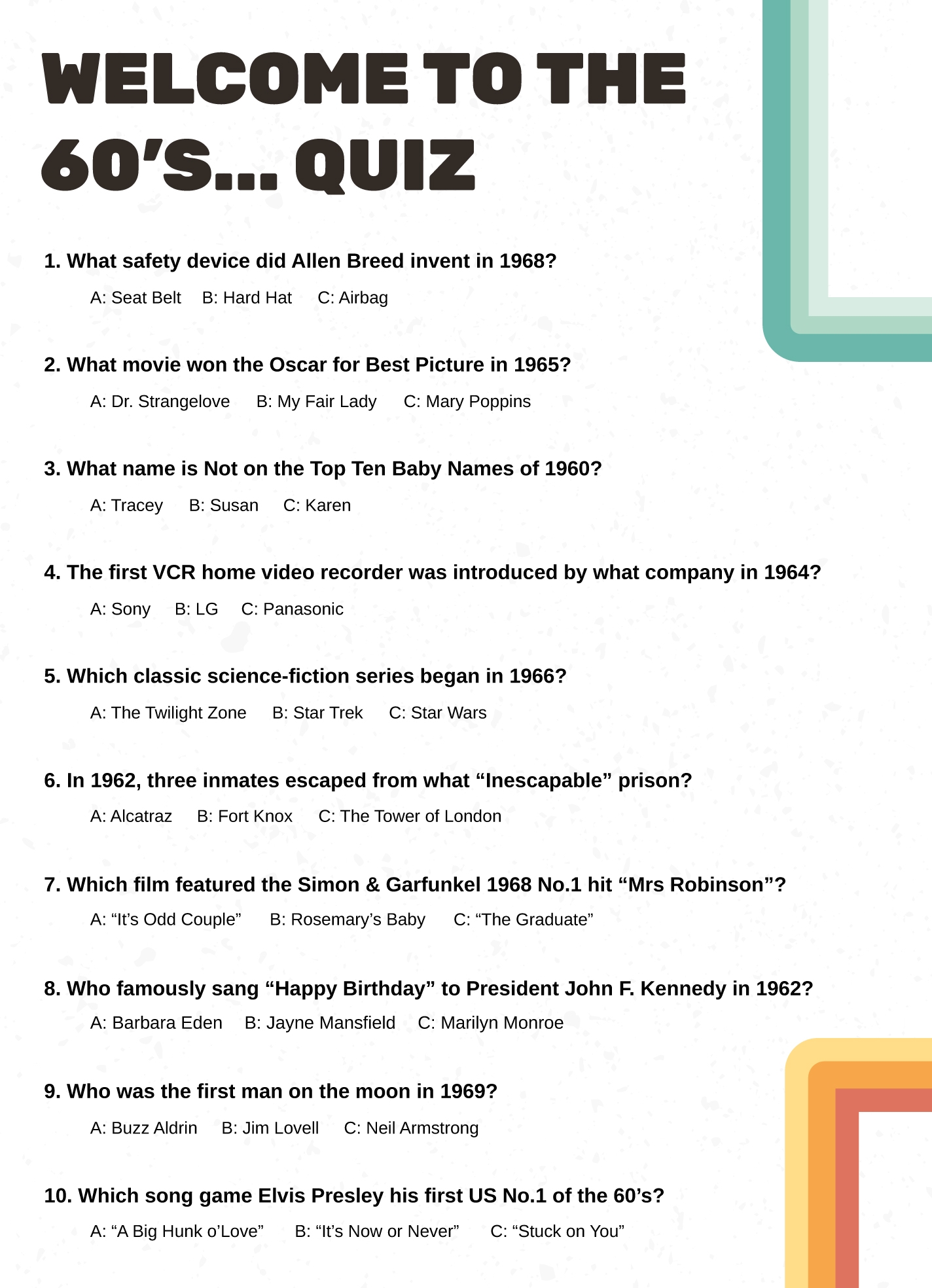Multiple choice tests are a common assessment format used in schools, universities, and various professional settings. This format presents test-takers with a question or statement and requires them to select the correct answer from a list of options. Multiple choice tests are popular due to their efficiency in grading and ability to test a wide range of knowledge and skills.
When taking a multiple choice test, it is important for test-takers to carefully read each question and all answer choices before selecting the best option. This format typically includes one correct answer and several distractors, which are incorrect options designed to confuse test-takers. Understanding how to approach multiple choice questions can help improve test performance and overall scores.
Components of Multiple Choice Test Format
The multiple choice test format typically consists of a question or statement followed by a list of answer choices. Test-takers are instructed to select the option that best answers the question or completes the statement. Each question has only one correct answer, with the remaining choices serving as distractors. Test creators often use various strategies to create effective multiple choice questions, such as ensuring that all answer choices are plausible and relevant to the question.
In addition to the questions and answer choices, multiple choice tests may also include instructions on how to mark answers, such as using a pencil to fill in bubbles on a scantron sheet or selecting options on a computer-based test. Test-takers are typically given a specific amount of time to complete the test, with each question assigned a certain point value based on its difficulty level.
Some multiple choice tests may also include negative marking, where points are deducted for incorrect answers. This practice is intended to discourage guessing and encourage test-takers to only select an answer if they are confident in its accuracy. Understanding the format and rules of a multiple choice test can help test-takers prepare effectively and perform better on the exam.
Overall, the multiple choice test format is a versatile and widely used assessment tool that can effectively evaluate a test-taker’s knowledge, reasoning skills, and ability to apply information. By familiarizing themselves with the format and practicing with sample questions, test-takers can improve their test-taking skills and increase their chances of success. Whether taking a standardized test, a university exam, or a professional certification assessment, mastering the multiple choice test format is essential for achieving academic and career goals.
